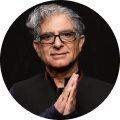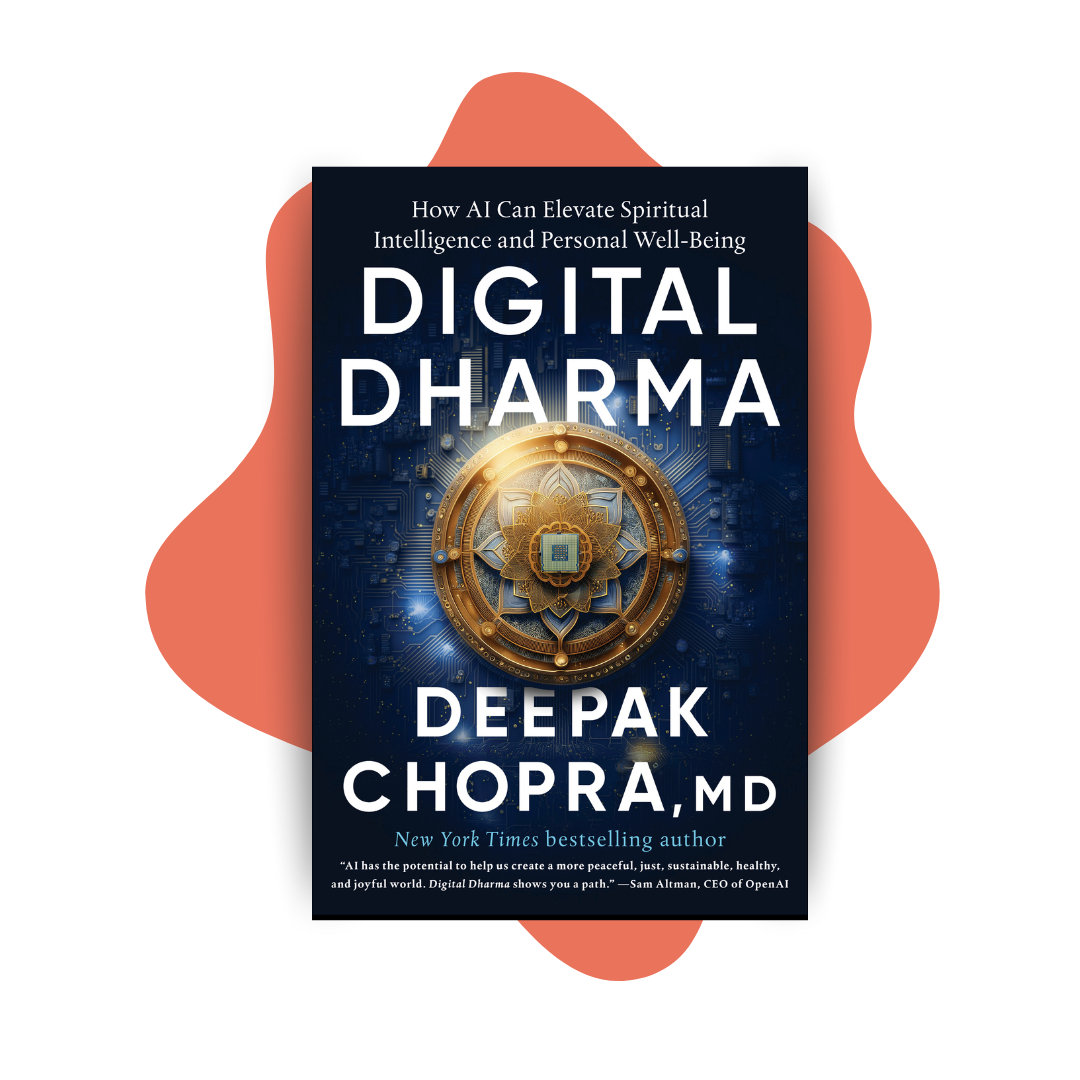How to Embrace Change without Anxiety.
When your mind and heart are truly open abundance will flow to you effortlessly and easily.
The messages that society sends about change are two-edged. On one side is the marketing strategy that uses new and improved to spark sales. On the other hand are life insurance companies selling financial security in old age. You can divide almost anything between those two messages, the allure of change and the anxiety it arouses.
Everyone feels the pull of these two forces, and in anxious times, what looms larger is fear of change. But human beings are designed to embrace change, because we are the only creatures who can choose a creative life. A cat is content to eat, sleep, and lie in the sun. It was designed to be a creature of instinct, and very little free choice is allowed.
Choices and change are the same thing. When someone says they, “hate change,” they are caught in a self-contradiction, because every cell in our bodies adapts to change thousands of times a second. The secret of change is reflected in the human brain, which remains completely stable at the level where neurons repeat the same chemical processes over and over while enabling new thoughts, sensations, images, and creative possibilities without end.
You must be taught to fear change, and since all of us have learned to approach life in terms of risk, threat, distrust, and worst-case scenarios, there is a lot to unlearn if we want a life filled with creative choices. The alternative is to become robotic, giving in to routine, habit, and conformity. They might feel like protection, but in fact their chief purpose is to hold off fear.
The way to unlearn the fear of change begins by knowing a few things about how the whole process of change works. Here are some basic principles.
- Change is embraced when it feels good to change.
- Pain is a poor motivator for change.
- People behave in order to fit in.
- Everyone takes the path of least resistance (or is tempted to).
- Denial and resistance are the default response in a difficult situation.
- All the behavior you think belongs to you was learned from someone else.
- Your true nature lies in the present.
This principle is important because it allows you to see change in terms of fulfillment. If you try to motivate yourself to change because it is good for you, because other people want you to change, or because you hate something about yourself (the most common things are your weight, physical appearance, and lack of success at work), you will quickly discover that negative motivation doesn’t work, or if it does, leads to temporary results only.
Almost any other creature can be trained by offering a combination of reward and punishment, but this works very poorly with human beings. People stubbornly endure pain of every kind, and punishing children creates a backlash, increasing their desire to disobey. It might seem mystical when the Buddha declares that pleasure is inevitably connected to pain, but in fact that’s a basic tenet of human nature. Swinging between the cycles of painful and pleasurable experiences, we are habituated to both and therefore are not motivated to change.
Conformity is a powerful motivator for not changing. It works against creativity, because to conform means never thinking for yourself. Instead you adapt your mind to second-hand values and received opinions. Most behaviors that make change frightening stem from the fear of not belonging, not fitting in.
We are all lured by inertia, the psychological force that keeps things the same, for no better reason than following the course of least resistance. Inertia can wear a positive face (“If it isn’t broken, don’t fix it”), but the sameness that inertia creates doesn’t really satisfy. The main reason we follow the course of least resistance is that we’ve conditioned ourselves to go along in order to feel that we are accepted and belong. Feeling that you belong is a valid need, but once it has been achieved, there’s no reason to make it the dominant feature of your existence.
When people run into trouble, face a looming crisis, show possible disease symptoms, or feel overwhelmed, the same default response kicks in. they do nothing. Denying to themselves that anything is wrong and resisting the best advice to get up and do something are automatic responses. We all know this and have experienced what it is like to be stuck, paralyzed, or frozen. Change can’t occur under such circumstances, and therefore a new default response has to be learned.
This is the insight that allows you to become who you really are. You are a creature of choice, change, and creative possibilities. The behavior and attitudes that stifle your true nature were learned somewhere along the line in your past. To unravel what the past has done to you is a long, exhausting, and ultimately futile task. The productive route is to embrace your true nature, which by itself will cause second-hand behavior to loosen its grip.
Everyone’s life is overshadowed by the past. Whether you see this as a good thing or a bad thing doesn’t obscure the fact that following the lessons of the past makes it impossible to live in the present. Only by living in the present can you find your true self. If you look even deeper, you realize that the present is just another name for here and now. All the creative possibilities that seem unavailable have no secret hiding place. Existence is an infinite resource of possibilities, which is why human beings were designed to be creative—we have an enduring connection with the flow of creative intelligence.
These seven principles outline a path from fear of change to embracing life’s creative possibilities. With a path to follow and a vision to inspire you, the way ahead is open. In practical terms we are really talking about wholeness. Change and non-change aren’t opposites. They are the fundamentals of existence. Physically this is obvious: anything you can create in the physical world must be based on non-changing atoms and molecules and fixed principles of physics and chemistry.
The trick is to adapt change and non-change to your inner life. What people lack isn’t change, which is inescapable. They lack the foundation of non-change, which is awareness. Distracted by the constant activity of the mind, we overlook that consciousness doesn’t change, not in its essence. Consciousness is the interface between you and existence. Once you realize this truth, you immediately understand why your body is a miracle of non-change in the midst of constant change. Every cell, including brain cells, follows fixed process not for their own sake but to give a solid foundation for creative, dynamic possibilities.
This insight makes it much easier to embrace change and escape the fear of change. Through meditation you learn to experience simple awareness, and over time simple awareness becomes your mind’s default state. Secure in your awareness, you have the foundation for experiencing any change in the secure knowledge that you are infinitely adaptable. There is no higher or more satisfying way to live.
DEEPAK CHOPRA™ MD, FACP, founder of The Chopra Foundation, a non-profit entity for research on well-being and humanitarianism, and Chopra Global, a whole health company at the intersection of science and spirituality, is a world-renowned pioneer in integrative medicine and personal transformation. Chopra is a Clinical Professor of Family Medicine and Public Health at the University of California, San Diego and serves as a senior scientist with Gallup Organization. He is the author of over 90 books translated into over forty-three languages, including numerous New York Times bestsellers. His 90th book and national bestseller, Metahuman: Unleashing Your Infinite Potential (Harmony Books), unlocks the secrets to moving beyond our present limitations to access a field of infinite possibilities. For the last thirty years, Chopra has been at the forefront of the meditation revolution and his latest book, Abundance: The Inner Path to Wealth (Harmony Books) offers the keys to a life of success, fulfilment, wholeness and plenty. TIME magazine has described Dr. Chopra as “one of the top 100 heroes and icons of the century.” www.deepakchopra.com

